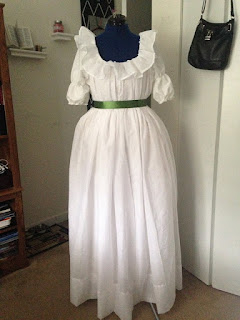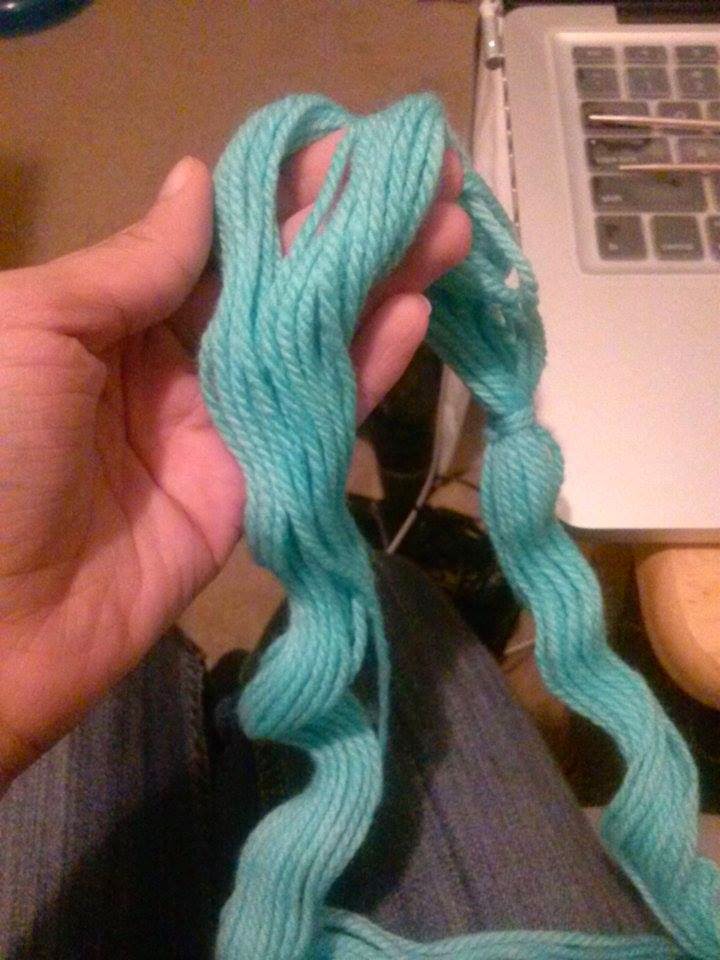HSFM Challenge # 8: Heirlooms & Heritage + Curtain-along!

What the item is: 1779 Jacket The Challenge: #8 Heirlooms and Heritage Fabric: Waverly Curtain collection Cotton Fabric, muslin fabric (lining), interfacing Pattern: J.P. Ryan 18th century wome's Jacket Year: 1779 Notions: none How historically accurate is it?: The pattern is pretty accurate, but as for the print itself, it's possible; large floral prints like this, were popular back during that time. Hours to complete: 2 days for the muslin construction, and once I got the Waverly fabric, it took me 3 days to cut out the pattern, sew the whole thing together, and make all of the trim by using a loose running stitch and gathering it up tight enough for that ruched effect. First worn: I will be wearing this to the Battle of Red Bank reenactment in NJ Total cost: $20 ~~~~~~~~~~~~~~ CONSTRUCTION PHOTOS! Working on the stomacher Before the final result, this was what it was originally going to look like. The trim was on the stomacher only as a resu...






.jpg)


